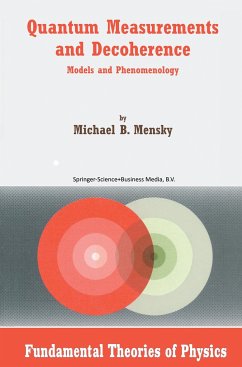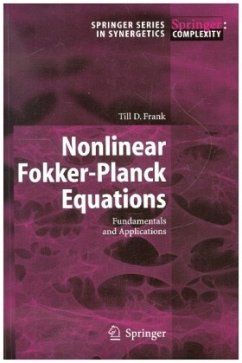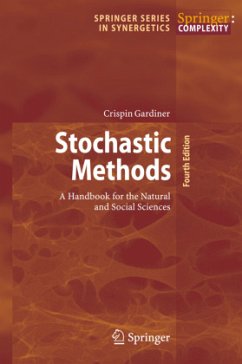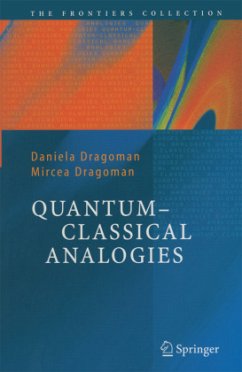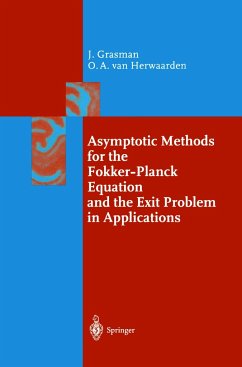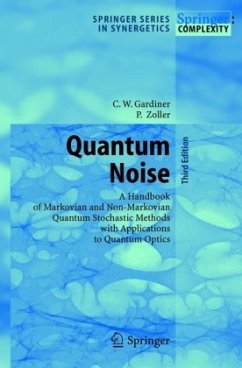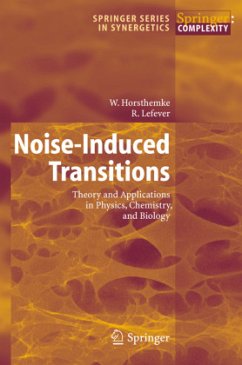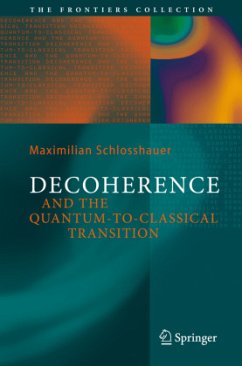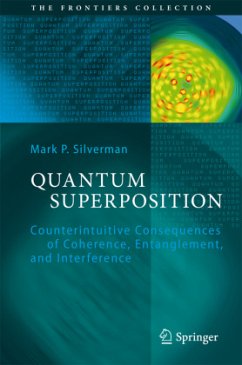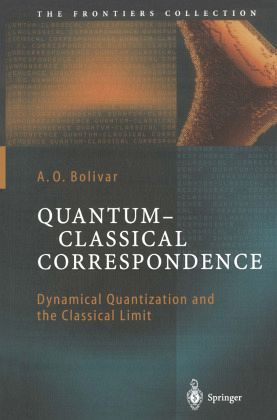
Quantum-Classical Correspondence
Dynamical Quantization and the Classical Limit
Versandkostenfrei!
Versandfertig in 6-10 Tagen
77,99 €
inkl. MwSt.
Weitere Ausgaben:

PAYBACK Punkte
39 °P sammeln!
At what level of physical existence does "quantum behavior" begin? How does it develop from classical mechanics? This book addresses these questions and thereby sheds light on fundamental conceptual problems of quantum mechanics. Quantum-Classical Correspondence elucidates the problem by developing a procedure for quantizing stochastic systems (e.g. Brownian systems) described by Fokker-Planck equations. The logical consistency of the scheme is then verified by taking the classical limit of the equations of motion and corresponding physical quantities. Perhaps equally important, conceptual pro...
At what level of physical existence does "quantum behavior" begin? How does it develop from classical mechanics? This book addresses these questions and thereby sheds light on fundamental conceptual problems of quantum mechanics. Quantum-Classical Correspondence elucidates the problem by developing a procedure for quantizing stochastic systems (e.g. Brownian systems) described by Fokker-Planck equations. The logical consistency of the scheme is then verified by taking the classical limit of the equations of motion and corresponding physical quantities. Perhaps equally important, conceptual problems concerning the relationship between classical and quantum physics are identified and discussed. Physical scientists will find this an accessible entrée to an intriguing and thorny issue at the core of modern physics.





